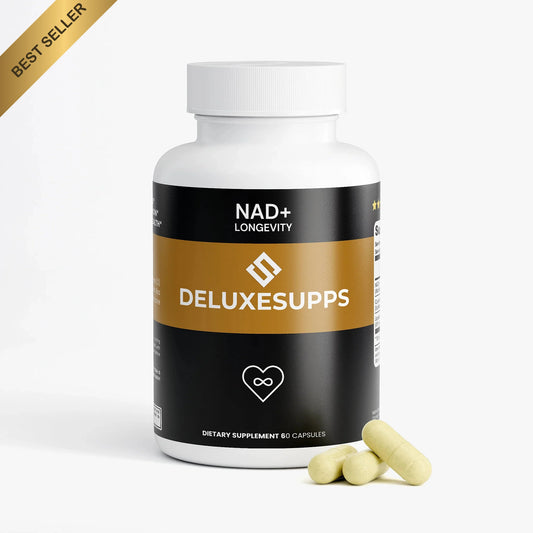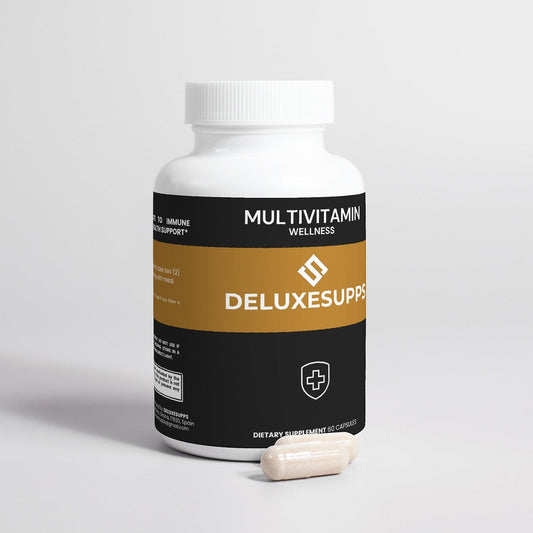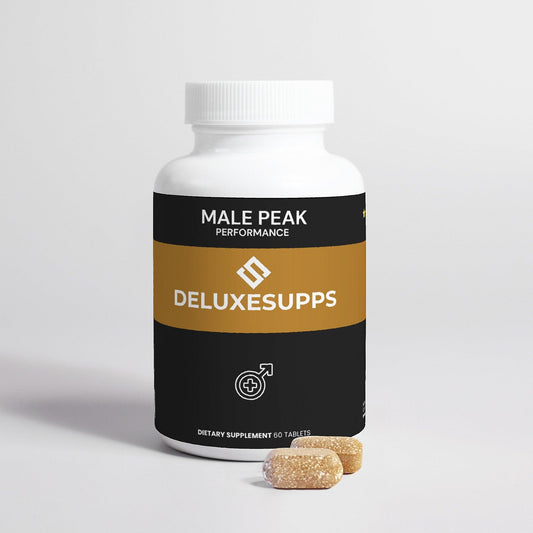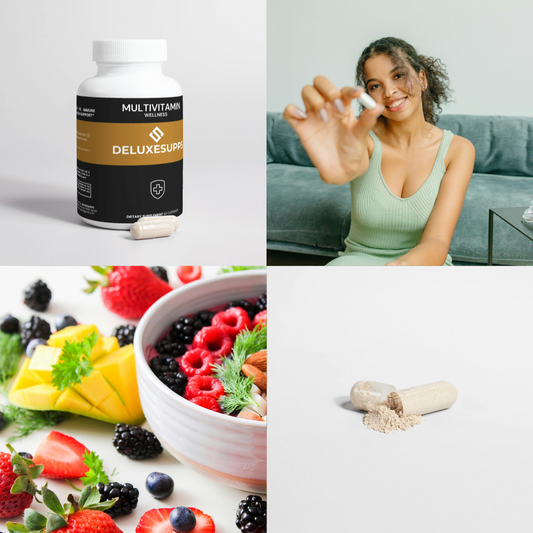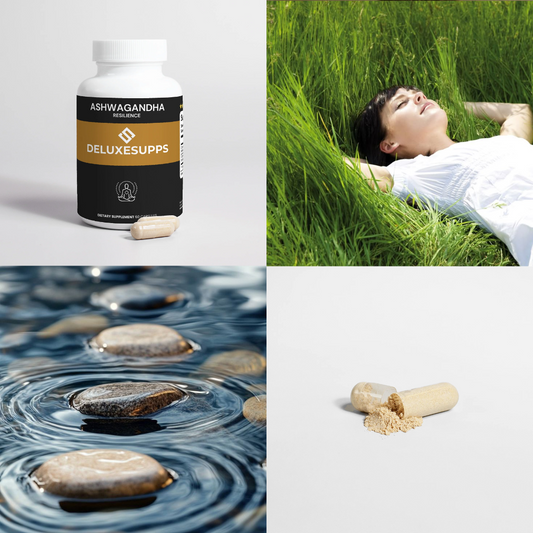Updated on: 2025-11-11
- How-to choose a gentle facial cleanser for sensitive skin
- Common questions about gentle facial cleanser for sensitive skin
- Summary and next steps for gentle facial cleanser for sensitive skin
- About the author
Sensitive skin deserves a precise approach. The right gentle facial cleanser for sensitive skin can support comfort while helping remove daily buildup. Start by focusing on a mild face wash for sensitive skin that avoids harsh surfactants and strong fragrances. Seek a non-irritating facial cleanser for sensitive skin with a short, clear ingredient list and a balanced pH. When evaluating options, consider a hypoallergenic face wash or a fragrance-free face wash to lower the risk of reactivity. For those who identify with reactive tendencies, a sulfate-free gentle facial cleanser for rosacea and sensitive skin or the best gentle facial cleanser for sensitive, acne-prone skin may be suitable within a simple routine.
How-to choose a gentle facial cleanser for sensitive skin
Step 1: Define your sensitivity triggers
Sensitivity varies. Some individuals notice redness or tightness after washing. Others react to scent, dyes, or certain surfactants. List any known triggers from past products and note textures that felt comfortable, such as creamy gels or milk cleansers. This personal inventory informs which gentle options to try first and helps narrow the field to the most compatible formulas.
- Consider texture preferences: gel, milk, cream, or balm.
- Note reactions to past products: stinging, tightness, or lingering redness.
- Record fragrance sensitivities and preferences.
Step 2: Select low-foaming, sulfate-free surfactants
Surfactants drive cleansing performance. For sensitive skin, milder surfactants are preferable to strong foaming agents. Many individuals choose sulfate-free systems to reduce the chance of disruption. Look for gentle surfactants such as coco-betaine or glucosides in place of traditional sulfate detergents. Lower-foam formulas tend to feel more comfortable and are easier to rinse without overworking the skin.
- Seek “sulfate-free” on the label where available.
- Prefer low-foam or creamy textures over high-foam washes.
- Check for balanced pH on product pages or packaging if disclosed.
Step 3: Choose hypoallergenic and fragrance-free options
Fragrance and essential oils can feel pleasant but may not align with sensitive profiles. A fragrance-free face wash reduces unnecessary scent exposure. A hypoallergenic face wash may help simplify your selection by indicating rigorous attention to common irritants during product design. While no label can guarantee a universal response, these signals help prioritize more considerate formulations.
- Favor “fragrance-free” over “unscented” where clarity matters.
- Scan the ingredient list for essential oils or aromatic compounds if you prefer to avoid them.
- Consider minimal formulas with fewer potential triggers.
Step 4: Verify labels and avoid common irritants
Simple, transparent labeling supports confident selection. Read ingredient lists and look for concise, familiar components. Many individuals with sensitivity prefer to avoid dyes, drying alcohols in high concentrations, and intense exfoliating acids in their daily cleanser. If you use separate exfoliants, keep the cleanser straightforward to minimize layering of potential stressors.
- Prefer short ingredient lists with clear, readable names.
- Limit overlap with leave-on actives to keep the cleanser role simple.
- Review packaging for storage instructions to preserve stability.
Step 5: Patch test and phase-in gradually
When trying a new non-irritating facial cleanser for sensitive skin, introduce it thoughtfully. Patch test on a small area such as the jawline. Use once per day for several days before moving to your usual cadence. Observe comfort during and after rinsing. A slow transition helps you detect compatibility before it becomes part of your routine.
- Test once daily for a few days before increasing use.
- Monitor for tightness, stinging, or lingering redness after rinsing.
- Discontinue use if discomfort persists.
Step 6: Build a simple, consistent cleansing routine
A streamlined routine is easier to sustain. Many people find success with a single gentle cleanser, a hydrating toner or essence if desired, and a plain moisturizer. Keep steps predictable and avoid frequent product rotation. If you decide to explore options, review product descriptions and ingredient lists carefully. To browse a range of essentials, visit All collections and filter for minimal, fragrance-free formulas where available.
- Use lukewarm water and light pressure.
- Rinse thoroughly and pat dry with a clean towel.
- Keep the rest of the routine minimal to reduce overlap of potential triggers.
Common questions about gentle facial cleanser for sensitive skin
What is the best gentle facial cleanser for sensitive skin?
The “best” option is personal. Start with a mild face wash for sensitive skin that is fragrance-free, sulfate-free, and clearly labeled. Evaluate texture, rinse feel, and comfort after drying. If you prefer fewer ingredients, look for concise formulations with straightforward surfactants. If your skin is reactive to strong lather, select a low-foam gel or lotion cleanser. For those who identify as sensitive and acne-prone, the best gentle facial cleanser for sensitive, acne-prone skin often balances mild cleansing with a non-heavy finish.
How do I choose a gentle facial cleanser for sensitive skin?
Use a short checklist. Select a non-irritating facial cleanser for sensitive skin with sulfate-free surfactants, fragrance-free labeling, and a balanced pH if disclosed. Favor simple ingredient lists and gentle textures. Patch test first and adopt stepwise use. Reassess comfort after one to two weeks and adjust only one product at a time to maintain clarity.
Should I choose a fragrance-free face wash?
Fragrance-free choices help minimize exposure to scent components that may not align with sensitivity goals. If you have reacted to scented products in the past, a fragrance-free face wash offers a straightforward way to reduce one potential variable. Many sensitive routines rely on this approach to help maintain predictability.
Is a sulfate-free cleanser necessary?
It depends on your comfort and history with surfactants. Some individuals do well with modern cleansing systems regardless of specific sulfate content. Others prefer sulfate-free gentle cleansers to prioritize a lower-foam experience. If you are uncertain, start sulfate-free and evaluate feel during massage, rinse, and the first few minutes after drying.
How often should I cleanse sensitive skin?
Many people with sensitivity cleanse once in the evening and use water-only or a very small amount in the morning, depending on skin feel and activity level. If you use makeup or sunscreen, ensure a thorough evening cleanse. Keep pressure light, time brief, and water temperature lukewarm for comfort.
Summary and next steps for gentle facial cleanser for sensitive skin
The right gentle facial cleanser for sensitive skin is defined by mild surfactants, a fragrance-free profile, and clarity in labeling. Focus on non-irritating cleansing with a simple ingredient list and a balanced pH where stated. Introduce new products gradually and keep routines minimal to support consistency and comfort. If you are exploring options or refining your routine, use the steps in this guide as a checklist.
Next steps:
- Review your current cleanser against the criteria above.
- Shortlist fragrance-free and hypoallergenic options that match your texture preference.
- Patch test and adopt changes one product at a time.
- For updates and routine ideas, visit our Blog.
- Start from the Home page to explore categories or refine your search.
- If you have questions about product details, reach out via Contact.
About the author
Deluxesupps Deluxesupps is a content strategist focused on clear, ingredient-conscious skincare guidance for everyday routines. With experience translating complex formulation details into practical checklists, their work emphasizes simplicity and consistency. Thank you for reading, and feel free to reach out with topic suggestions for future guides.
The content in this blog post is intended for general information purposes only. It should not be considered as professional, medical, or legal advice. For specific guidance related to your situation, please consult a qualified professional. The store does not assume responsibility for any decisions made based on this information.
